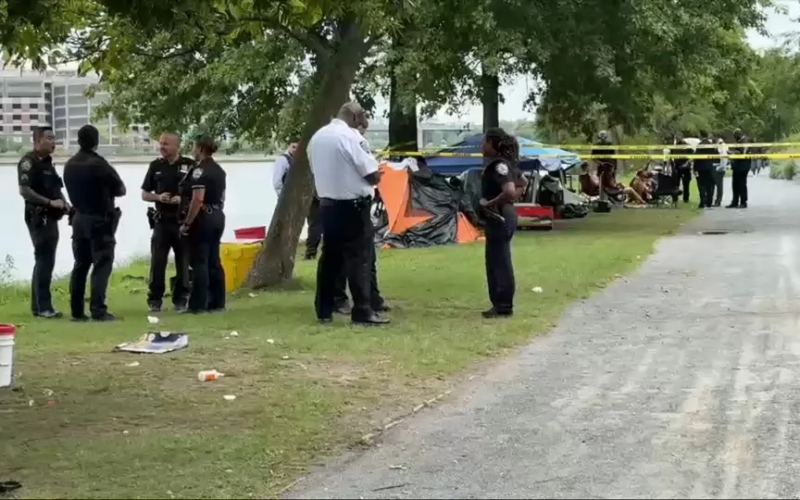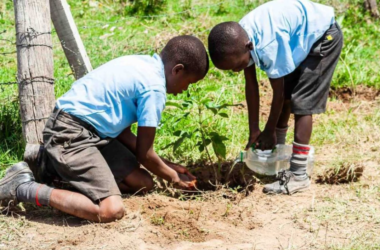The recent stabbing incident at the Randall’s Island migrant encampment in New York City, just weeks after a deadly shooting at the same location, underscores the growing chaos and dangers surrounding the city’s handling of the migrant crisis. These incidents reflect the broader failures of U.S. immigration policy, which has left cities like New York grappling with an overwhelming influx of migrants without the resources or strategies to effectively manage the situation.
On Sunday morning, a 26-year-old man was stabbed in the abdomen near the Randall’s Island shelter. The victim was transported to NYC Health and Hospitals + Harlem in stable condition, and while the investigation is ongoing, no arrests have been made. This stabbing comes on the heels of a deadly shooting at the same site just weeks earlier, where a 44-year-old woman lost her life, and two others were wounded.
Despite increased police presence following these violent incidents, residents of the shelter and surrounding areas report that illegal activities continue unabated. Migrants like Pilar Lopez, who fled Venezuela seeking safety and a better life, expressed dismay at the lack of effective policing, stating, “It’s very unsafe…People pass illegal things in front of them [officers] and they don’t do anything.”
These episodes of violence and lawlessness highlight the deep flaws in current immigration policies, which have turned once-safe communities into hotspots of crime and instability. New York City’s response to the crisis—opening temporary shelters, conducting police sweeps for contraband, and eventually evicting migrants who have overstayed their welcome—has proven ineffective and, at times, dangerously inadequate.
The city’s Deputy Mayor, Anne Williams-Isom, recently defended the approach, stating that officials are trying not to be “heavy-handed” while managing the situation. However, this leniency has done little to restore order or address the root causes of the violence.
Migrants like Mamamadou Bah, who arrived from Guinea, are left in limbo, waiting for work permits that never seem to materialize, while living in conditions that feel increasingly perilous. “Nobody’s safe here right now,” Bah lamented, capturing the grim reality for thousands of migrants who came to the U.S. hoping for security and opportunity, only to find themselves trapped in a dangerous cycle of uncertainty and fear.
The violence at Randall’s Island is not just a local issue—it’s a symptom of a national crisis. The current administration’s immigration policies have failed to secure the border, failed to process migrants in a timely and humane manner, and failed to ensure that those who enter the country are properly integrated into society. Instead, cities are left to pick up the pieces, with tragic consequences for both migrants and the communities they inhabit.
It’s time for a serious overhaul of U.S. immigration policy, one that prioritizes the safety of all Americans, including those seeking a new life here. Until then, the violence and disorder at places like Randall’s Island will only continue to escalate, further exposing the dangerous shortcomings of the current system.








